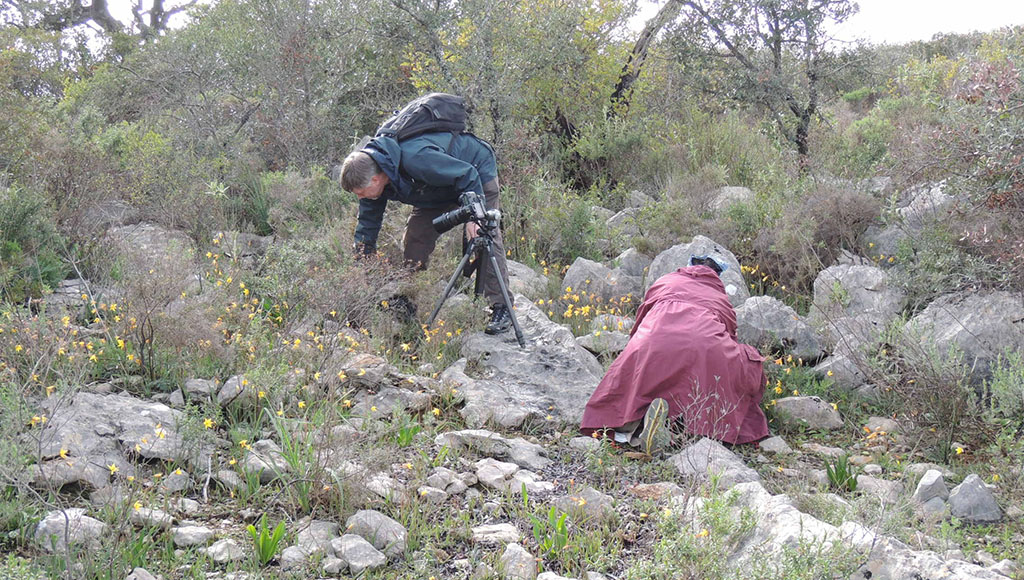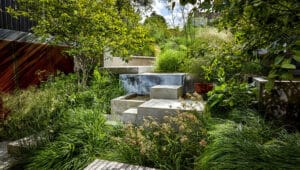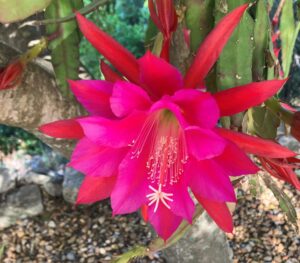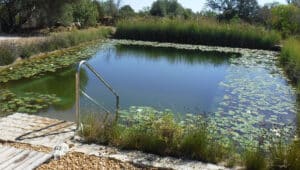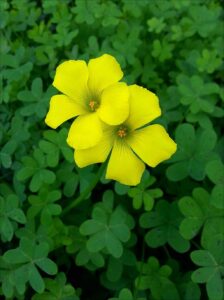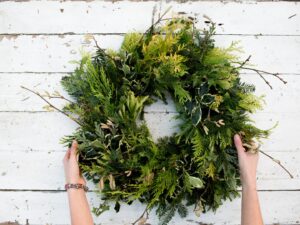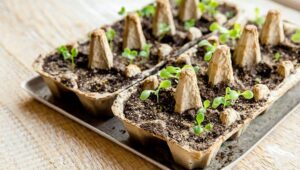In common with other mediterranean climate zones, spring is the peak season for wildflowers and orchids in the Algarve.
This spring we have had the benefit of a wetter-than-usual winter to enhance the plants, and growth has continued unchecked by drought or drying winds.
Towards the end of February, the increasing day length brings higher temperatures – pushing wildflowers and orchids to complete their natural cycle of growth before the heat of summer.
The Algarve also has the benefit of an amazingly varied geology, which, in turn, produces a rich diversity of plant life adapted to the soils. The general division for geology, and for the plant communities, is the litoral sandy soils near the coast, the chalk and clay soils of the barrocal and, finally, the schisty acidic soils of the serra. Each has distinct vegetation, but the litoral and barrocal are the most rewarding when hunting for wild orchids.


Poor soils are the natural home for wildflowers and orchids, with less competition from grasses and invasive species. If you have ‘wild’ areas on your land or in your garden, do not be tempted to disturb or improve the soil; look out for spring displays and enjoy the free show.
Orchids are one of the biggest plant families with some 26,000 species worldwide. This includes the tropical species that live high in trees.
European orchids are perennial plants, and their name comes from the Greek ‘orchis’ meaning testicle – a reference to the appearance of paired underground tubers found in many species. A good reason not to clean land and run the risk of removing the valuable top layers of soil that hold so many native plants. Orchid seed is dustlike and minute, so vulnerable if ground is disturbed.
Young leaves appear out of the ground from January onwards with a distinctive wide basal rosette. If conditions are good, the plant then goes on to develop a flower head.
In the Algarve, orchids can come into flower from January, including the bee orchids (Ophrys species). These can flower through March and into April, the best time to see the full range of plants. The tongue orchids (Serapias) come along later, followed by the pyramid orchids (Anacamptis pyramidalis).
The barrocal region has the most diverse range of orchids and, fortunately for us, is the most accessible. Rolling hills have small roads and tracks with little traffic to worry plant-hunting orchid enthusiasts.
Good places to start your orchid hunting are the well-known protected areas of Fonte de Benémola or Rocha da Pena – see links below. These have well defined walking routes with some informative sign boards. It goes without saying that you should never, ever, be tempted to try and dig up these lovely plants. Orchids have a close dependent relationship with soils and fungi which is impossible to replicate.
Cliff-top walks can also be a great place for orchid spotting. In common with most ground orchid populations throughout Europe, these plants prefer limestone/chalky soils and the crushed seashells on cliff tops can give ideal conditions.
Enjoy your orchid hunting, take photos of these fascinating plants and examine the amazing detail of flowers imitating insects to ensure pollination.
If going on a camera safari for orchids, remember that the most apt description of mediterranean vegetation is ‘prickly’! Wear strong shoes and long trousers to get down on the ground for the best shots.
There is a book dedicated to the orchids of the Algarve available from the MGAP online bookshop.
Useful links
Details of the Benémola protected area.
Details for the Rocha da Pena protected area.
Habitats, species and walk locations.
A longer walk through classic orchid country in rolling hills near Alte.

